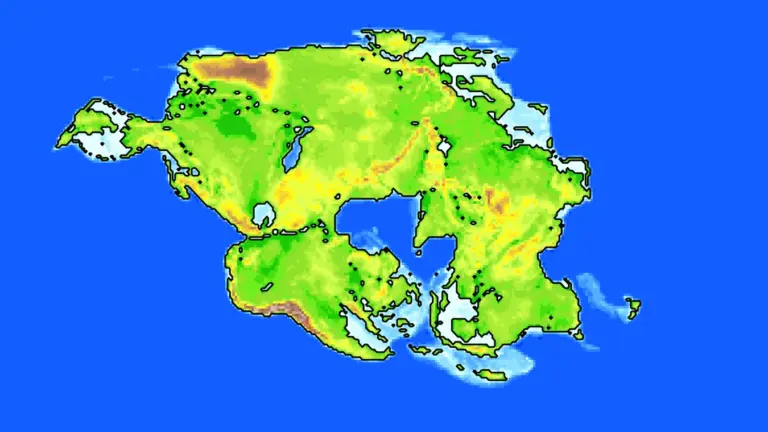|
Why Most Ancient Civilizations Had No Word for the Color Blue, The Ark Before Noah: Discover the Ancient Flood Myths That Came Before the Bible ͏ ͏ ͏ ͏ ͏ ͏ ͏ ͏ ͏ ͏ ͏ ͏ ͏ ͏ ͏ ͏ ͏ ͏ ͏ ͏ ͏ ͏ ͏ ͏ ͏ ͏ ͏ ͏ ͏ ͏ ͏ ͏ ͏ ͏ ͏ ͏ ͏ ͏ ͏ ͏ ͏ ͏ ͏ ͏ ͏ ͏ ͏ ͏ ͏ ͏ ͏ ͏ ͏ ͏ ͏ ͏ ͏
|
| |

|
The Austrian military engineer Conrad Haas was a man ahead of his time — indeed, about 400 years ahead, considering that he was working on rockets aimed for outer space back in the mid-sixteenth century. Needless to say, he never actually managed to launch anything into the upper atmosphere. But you have…
|
|
|
|
| |

|
In an old Zen story, two monks argue over whether a flag is waving or whether it’s the wind that waves. Their teacher strikes them both dumb, saying, “It is your mind that moves.” The centuries-old koan illustrates a point Zen masters — and later philosophers, psychologists, and neuroscientists — have all emphasized at…
|
|
|
|
| |

|
The Lord said to Noah, there’s going to be a floody, floody; then to get those children out of the muddy, muddy; then to build him an arky, arky. This much we heard while toasting marshmallows around the campfire, at least if we grew up in a certain modern Protestant tradition. As adults, we may…
|
|
|
|
| |

|
Images via Wikimedia Commons
In the mid-20th century, the two big dogs in the American literary scene were William Faulkner and Ernest Hemingway. Both were internationally revered, both were masters of the novel and the short story, and both won Nobel Prizes.
Born in Mississippi, Faulkner wrote allegorical…
|
|
|
|
| |

|
Most of us now accept the idea that all of Earth’s continents were once part of a single, enormous land mass. That wasn’t the case in the early nineteen-tens, when the geologist Alfred Wegener (1880–1930) first publicized his theory of not just the supercontinent Pangea, but also of the phenomenon of continental drift…
|
|
|
|